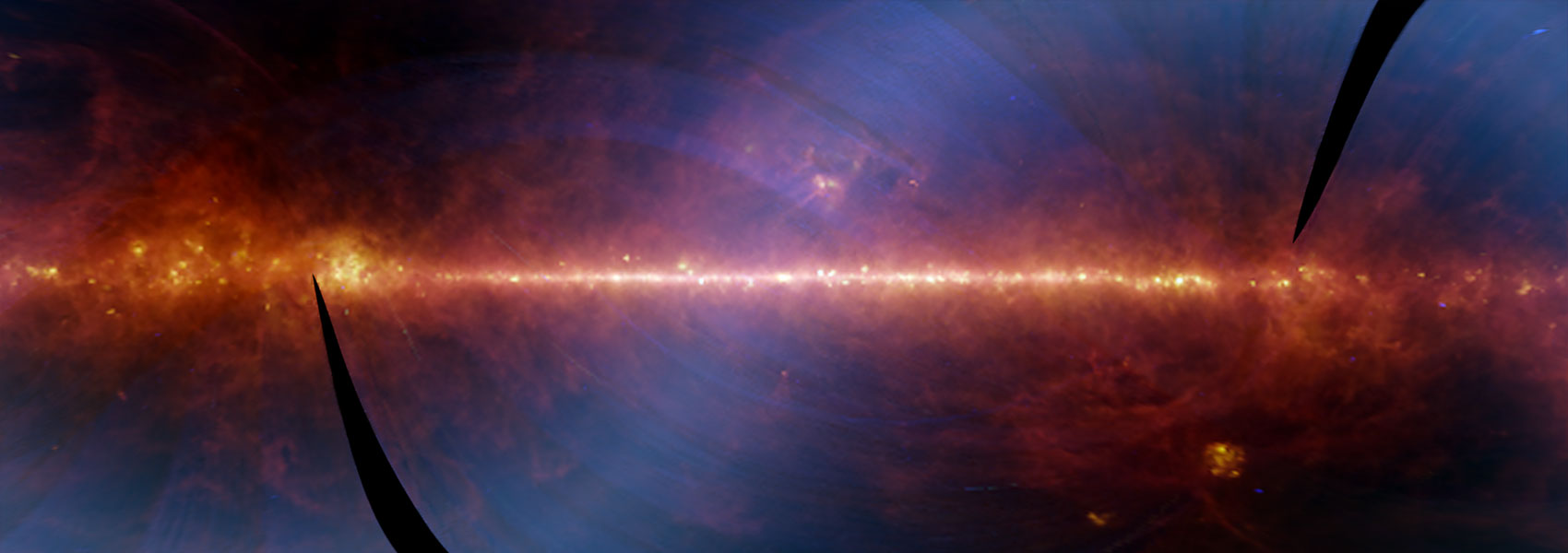July
2024
•
2024A&A...687A.264B
Authors
•
Barkaoui, K.
•
Schwarz, R. P.
•
Narita, N.
•
Mistry, P.
•
Magliano, C.
•
Hirano, T.
•
Maity, M.
•
Burgasser, A. J.
•
Rackham, B. V.
•
Murgas, F.
•
Pozuelos, F. J.
•
Stassun, K. G.
•
Everett, M. E.
•
Ciardi, D. R.
•
Lamman, C.
•
Pass, E. K.
•
Bieryla, A.
•
Aganze, C.
•
Esparza-Borges, E.
•
Collins, K. A.
•
Covone, G.
•
de Leon, J.
•
Dévora-Pajares, M.
•
de Wit, J.
•
Fukuda, Izuru
•
Fukui, A.
•
Gerasimov, R.
•
Gillon, M.
•
Hayashi, Y.
•
Howell, S. B.
•
Ikoma, M.
•
Ikuta, K.
•
Jenkins, J. M.
•
Karpoor, P. R.
•
Kawai, Y.
•
Kimura, T.
•
Kotani, T.
•
Latham, D. W.
•
Mori, M.
•
Pallé, E.
•
Parviainen, H.
•
Patel, Y. G.
•
Ricker, G.
•
Relles, H. M.
•
Shporer, A.
•
Seager, S.
•
Softich, E.
•
Srdoc, G.
•
Tamura, M.
•
Theissen, C. A.
•
Twicken, J. D.
•
Vanderspek, R.
•
Watanabe, N.
•
Watkins, C. N.
•
Winn, J. N.
•
Wohler, B.
Abstract
•
One of the main goals of the NASA Transiting Exoplanet Survey Satellite (TESS) mission is the discovery of Earth-like planets around nearby M-dwarf stars. We present the discovery and validation of three new short-period Earth-sized planets orbiting nearby M dwarfs: TOI-5720 b, TOI-6008 b, and TOI-6086 b. We combined TESS data, ground-based multicolor light curves, ground-based optical and near-infrared spectroscopy, and Subaru/IRD radial velocity data to validate the planetary candidates and constrain the physical parameters of the systems. In addition, we used archival images, high-resolution imaging, and statistical validation techniques to support the planetary validation. TOI-5720 b is an Earth-sized planet with a radius of Rp = 1.09 ± 0.07 R⊕. It orbits a nearby (36 pc) M 2.5 host with an orbital period of P = 1.4344555 ± 0.0000036 days. It has an equilibrium temperature of Teq = 708 ± 19 K (assuming a null albedo) and an incident flux of Sp = 41.7 ± 4.5 S⊕. TOI-6008 b is a short-period planet of P = 0.8574347 ± 0.0000424 day. It has a radius of Rp = 1.03 ± 0.05 R⊕, an equilibrium temperature of Teq = 707 ± 19 K, and an incident flux of Sp = 41.5 ± 4.5 S⊕. The host star (TOI-6008) is a nearby (23 pc) M 5 with an effective temperature of Teff = 3075 ± 75 K. Based on the radial velocity measurements collected with Subaru/IRD, we set a 3σ upper limit of Mp < 4 M⊕, thus ruling out a star or brown dwarf as the transiting companion. TOI-6086 b orbits its nearby (32 pc) M 3 host star (Teff = 3200 ± 75 K) every 1.3888725 ± 0.0000827 days and has a radius of Rp = 1.18 ± 0.07 R⊕, an equilibrium temperature of Teq = 634 ± 16 K, and an incident flux of Sp = 26.8 ± 2.7 S⊕. Additional high-precision radial velocity measurements are needed to derive the planetary masses and bulk densities and to search for additional planets in the systems. Moreover, short-period Earth-sized planets orbiting around nearby M dwarfs are suitable targets for an atmospheric characterization with the James Webb Space Telescope through transmission and emission spectroscopy and phase-curve photometry.
Links




